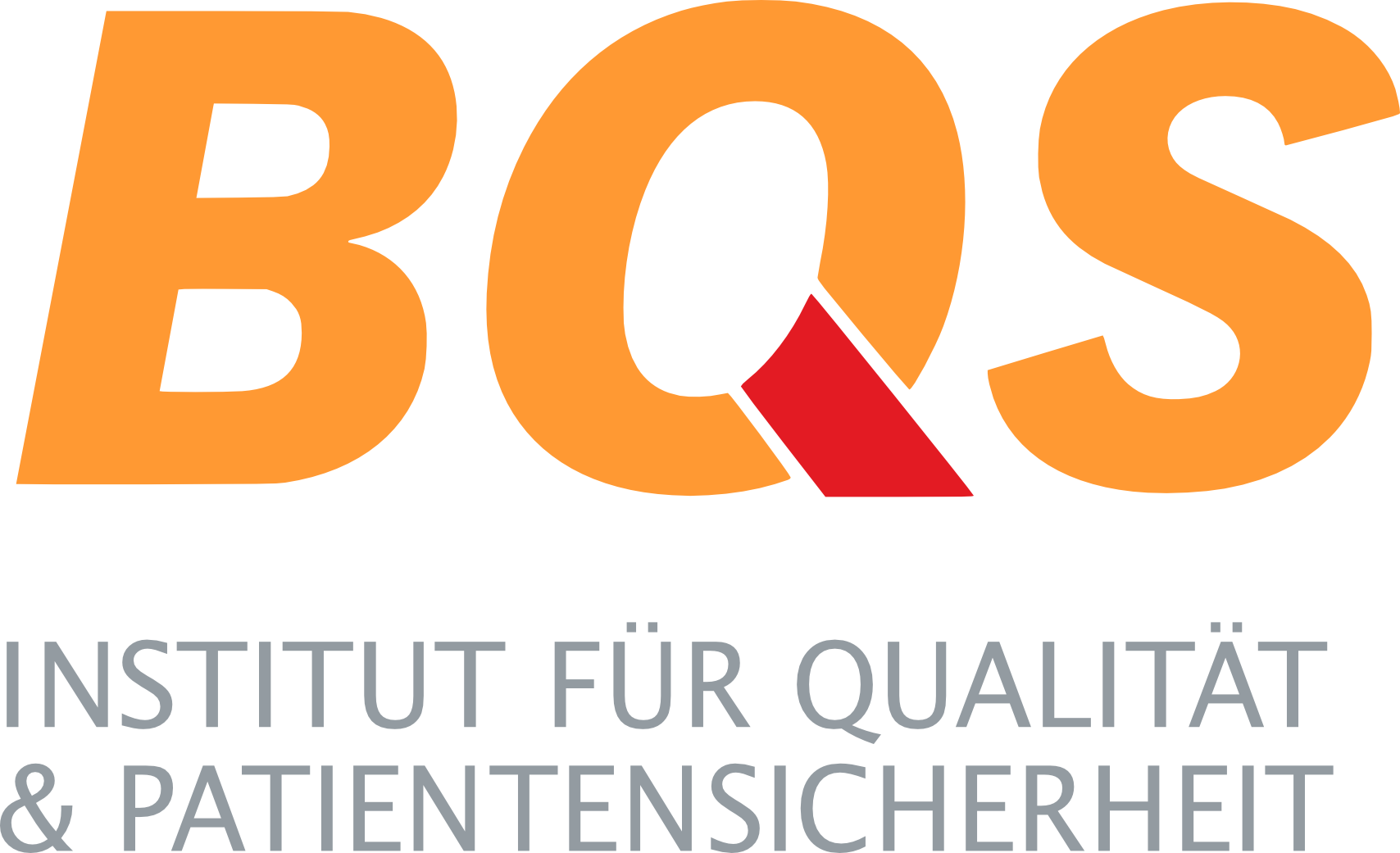When the doctor speaks and the patient understands nothing
Nicole Fronia, BQS Institute
Well-functioning communication between doctor and patient is of increased importance for a positive course of therapy. A study by the University of Bielefeld showed that 54% of patients in Germany have problems not only finding health-related information, but also understanding it and applying it to their own care situation (health literacy). This particularly affects patients with a migration background, the chronically ill, people with a low social status and older patients (see also National Action Plan on Health Literacy).
The results of Picker patient surveys in hospitals indicate that the problem does not lie solely in the acquisition of health information, but rather in the patient-oriented communication of therapy-relevant information. For example, 34% of adult patients for whom this would have been relevant did not, in their view, receive sufficient information on the purpose of the prescribed medication, nor on how to take the medication. Regarding the side effects of the medication to be taken, 62% of the adult patients did not receive sufficient information from their perception before discharge. It is very clear here, insofar as we assume that the patients were properly cared for in the inpatient facilities, that physicians and patients did not find or distanced themselves from each other in their communication.
What becomes clear is that hospitals need to be much more engaged with their patient collectives and also consider local profiles in order to prepare the communication of health information in an individualized and patient-centered way. Standards in physician-patient communication as called for by the impp (Institute for Medical and Pharmaceutical Examination Questions) could help.
When the doctor speaks and the patient understands nothing.
Eva Lampmann, BQS Institute asks Christian Ernst, Commercial Director of Facharztklinik Hamburg.


